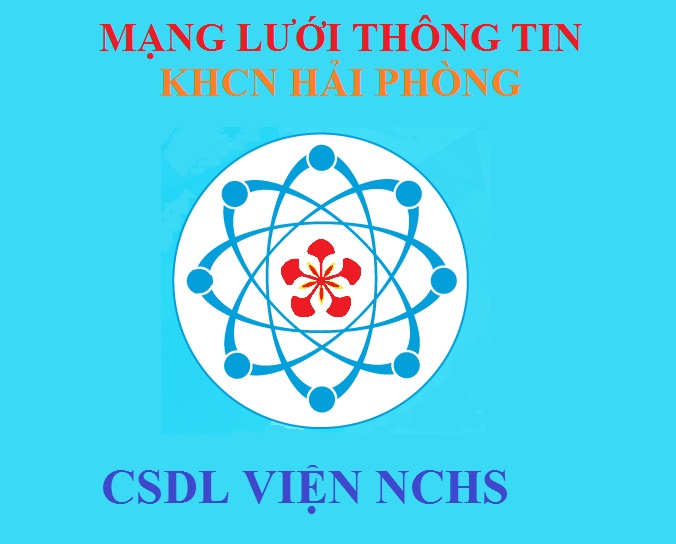General Information
Author: Trịnh Thị Trà , Cao Văn Hùng, Thái Thị Kim Thanh , Trương Văn TuânIssued date: 30/06/2023
Issued by: Nhà Xuất bản Nông nghiệp
Content
Tóm tắt: Bài báo này trình bày kết quả đánh giá về đa dạng thực vật phù du (TVPD), cung cấp cơ sở khoa học và thực tiễn nhằm đánh giá hiện trạng và tiềm năng sinh học của vùng biển Bến Tre. Mẫu thực vật phù du được thu thập trong 2 chuyến khảo sát vào tháng 11/2020 và tháng 5,6/2021 với 30 trạm khảo sát. Kết quả đã xác định được 254 loài chia thành 5 lớp, 27 bộ, 49 họ, 78 chi thuộc 3 ngành tảo, bao gồm: Ngành tảo Silic (Bacillariophyta) 140 loài, chiếm 55,1% tổng số loài; ngành tảo Giáp (Dinophyta) 112 loài, chiếm 44,09%; ngành tảo Lam (Cyanobacteria) có số lượng loài nhỏ nhất gồm 2 loài chiếm 0,79%. Mật độ thực vật phù du ở vùng biển Bến Tre khá phong phú, dao động từ 21.400 đến 307.300 tb/m3, trung bình là 99.700 tb/m3. Mật độ trung bình TVPD mùa gió Đông Bắc là 89.500 tb/m3 thấp hơn mật độ tảo mùa gió Tây Nam là 109.900 tb/m3. Mật độ TVPD ở vùng ven bờ và cửa sông cao hơn mật độ TVPD ở vùng lộng. Những loài TVPD chiếm ưu thế trong 2 chuyến khảo sát: Thalassionema frauenfeldii, Trichodesmium thiebauti, Bacteriastrum hyalinum, Trichodesmium erythraeum...Quần xã TVPD ở vùng biển Bến Tre có tính đa dạng phong phú với chỉ số đa dạng loài giá trị H’ trung bình đạt 4,40 ± 0,24, giá trị tính đa dạng Dv trung bình 3,47 ± 0,47, cho thấy vùng biển nghiên cứu có tính đa dạng phong phú và chất lượng nước tốt. Kết quả nghiên cứu cho thấy tảo Silic chiếm ưu thế cả về thành phần loài và mật độ tế bào ở vùng biển nghiên cứu.
Từ khóa: Thực vật phù du, Bến Tre, đa dạng sinh học, thành phần loài.
Abstract: This paper presents the results of the assessment of phytoplankton diversity, providing a scientific and practical basis to assess the current status and biological potential of the waters of Ben Tre. Phytoplankton samples were collected in 2 surveys in November 2020 and May, June 2021 with 30 stations. The results identified 254 species divided into 5 classes, 27 orders, 49 families, 78 genera belonging to 3 phylums of algae, including: Silic (Bacillariophyta) 140 species, accounting for 55.1% of the total species; Diophyta: 112 species, accounting for 44.1%; Cyanobacteria has the smallest number of species, including 2 species, accounting for 0.8%.The density of phytoplankton in the waters of Ben Tre was quite abundant, ranging from 21,400 to 307,300 cells/m3, with an average of 99,700 cells/m3. The average density of phytoplankton in the Northeast monsoon season was 89,500 cells/m3, which was lower than that in the Southwest monsoon season of 109,900 cells/m3. The phytoplankton density in the coastal and estuarial areas was higher than that in the off shore areas. The dominant species in the surveys: Thalassionema frauenfeldii, Trichodesmium thiebauti, Bacteriastrum hyalinum, Trichodesmium erythraeum….The phytoplankton community in the studied area had hight diversity with the H' diversity index reaching 4.40 ± 0.24, the Dv diversity value 3.47 ± 0.47, indicating that the phytoplankton community had a hight level of diversity, water environment quality was good. The research results also showeddiatoms dominated in species composition and density in the studied area.
Keywords: Phytoplankton, Ben Tre, biodiversity, species composition.
Download













